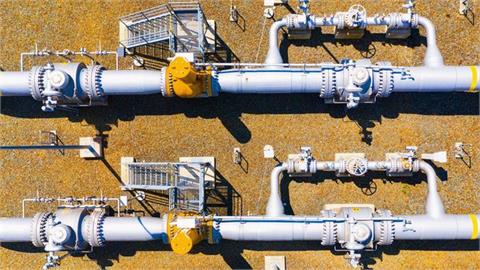While the Energy Community Treaty works to integrate Contracting Parties into the EU energy market via harmonization of the legal and regulatory framework, a crucial element is still missing – a carbon pricing mechanism. EU electricity prices account for externalities via the emissions trading
While the Energy Community Treaty works to integrate Contracting Parties into the EU energy market via harmonization of the legal and regulatory framework, a crucial element is still missing – a carbon pricing mechanism. EU electricity prices account for externalities via the emissions trading system (ETS), while the current Energy Community acquis does not include any such framework. A gradual alignment of the Energy Community carbon pricing policies with those of the EU would ensure a level playing field in the context of regional and pan-European market integration.
In order to investigate different aspect of the problem and propose possible solutions, the Secretariat has launched a study on carbon pricing design in the Energy Community. The task was entrusted to the consortium made of Kantor Management Consultant SA and E3 modelling. The study’s objective is to assess and propose the design of an effective carbon pricing mechanism conducive to decarbonisation of the Energy Community Contracting Parties’ electricity sectors in a cost-effective and socially acceptable way.
During the course of the study, the Secretariat will ensure that experts from the Contracting Parties are actively involved in the process, including via existing Energy Community bodies and platforms, including the Permanent High Level Group, Energy and Climate Committee and its Technical Working Group, the platform for generation companies - GENEnC, Environmental Task Force as well as national institutions in charge of social protection, public revenues, civil initiatives and interested stakeholders in the Contracting Parties.
The kick-off meeting with the consultants took place on 20 January 2020 in Vienna. The design of any future carbon pricing mechanism should allow for transitional carbon pricing by each Contracting Party (separately or as part of an Energy Community-wide design) and prepare the Contracting Parties for joining the EU ETS in the future. It should also include solutions for a targeted and fair reallocation of the funds obtained by the Contracting Parties and minimize the impact on system adequacy and security of supply.




